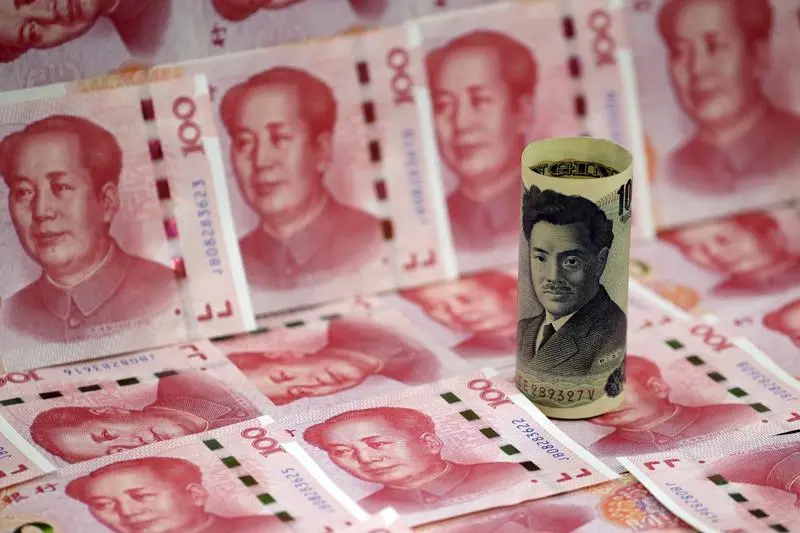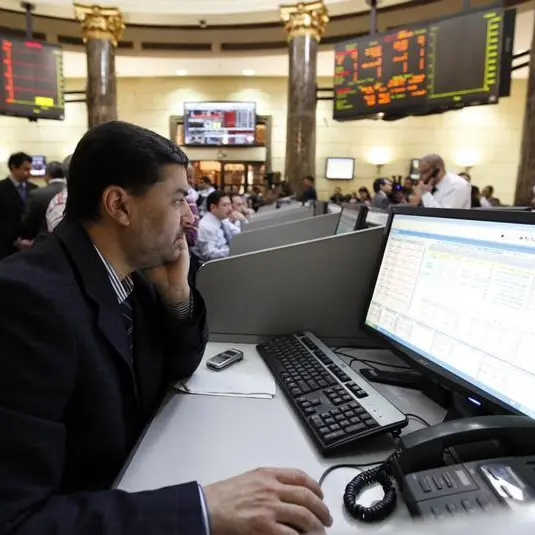PHOTO
HONG KONG (Reuters Breakingviews) - China’s economic slowdown has reached a worrisome phase. Growth slipped to 6% in the third quarter and Beijing officials are talking down prospects. Some historical comparisons suggest the rate is getting too small for the country’s stage of development.
Premier Li Keqiang said last month that it will be “very difficult” for China’s output to keep expanding by at least 6%. The remark can easily be interpreted as a signal to expect disappointing results. It also comes as some economists start forecasting a slip below that level later this year.
Some degree of so-called structural slowdown is natural. All developing economies run out of rich-world ideas to copy as they approach U.S. income levels. China’s growth rate will decline to 4% by 2030, and then drop to 2.8% by 2040, according to Oxford Economics.
The People’s Republic is decelerating more quickly than might be expected, though. It is still relatively poor, at only around 30% of American GDP per capita adjusted for purchasing power, based on International Monetary Fund data. After Japan hit a slightly lower milestone – roughly a quarter of U.S. income levels – it kept expanding at more than 9% annually on average for another two decades, notes Nicholas Lardy of the Peterson Institute for International Economics. South Korea achieved an average 7.7% clip over the same stretch, while Taiwan and Singapore managed 8.4% and 8.7%, respectively.
Even recently, economists expected much more. In its five-year forecasts starting about a decade ago, the IMF estimated China would grow on average at 9% between 2015 and 2018. The actual figure was under 7%.
At $14 trillion, China’s economy has, of course, already surged past its Asian peers. The trade war with the United States and sluggishness around the world also are contributing factors. Amid the cut-and-thrust daily fights over stimulus, however, policymakers could be losing sight that growth potential is prematurely falling because of their own bad decisions.
If expansion slows to 4% to 5%, the anticipated “convergence” with American income levels might effectively stall, argues Yukon Huang from the Carnegie Endowment for International Peace. The danger is that Beijing accepts a new normal instead of making tough choices about opening the economy.
CONTEXT NEWS
- China’s economy grew by 6% in the third quarter from a year earlier, its slowest expansion in more than 27 years, according to official data released on Oct. 18. Analysts polled by Reuters had forecast 6.1%. Growth was 6.2% in the second quarter and the government is targeting 6% to 6.5% for the year.
- In an interview with Russian media published on the Chinese government’s website on Sept. 16, Premier Li Keqiang said it is “very difficult” for China’s economy to grow at 6% or more. “For China to maintain growth of 6% or more is very difficult against the current backdrop of a complicated international situation and a relatively high base, and this rate is at the forefront of the world’s leading economies,” Li was quoted as saying.
(Editing by Jeffrey Goldfarb and Katrina Hamlin)
© Reuters News 2019












